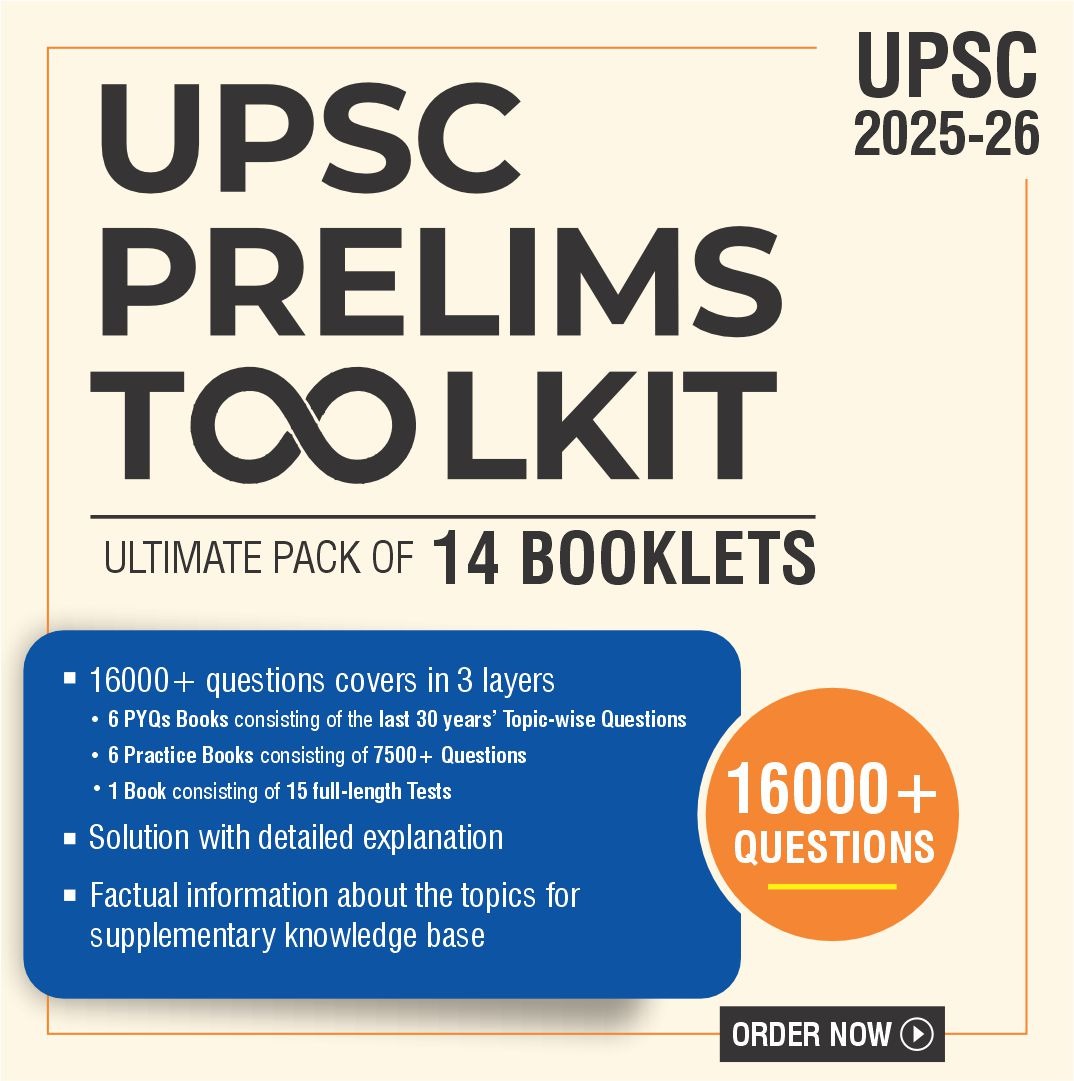We are posting Today’s 7 pm editorial Summary
About 7 pm Editorial Summary – This initiative provides an in-depth analysis of the important news editorial of the day. Students don’t need to look anywhere more for their daily news analysis. We take the most important editorial of the day and provide its comprehensive summary.
For old Archives of 7 pm editorial Summary, Click on “Archives”
Virtual Reality: On Telemedicine
Context: Use of telemedicine in fight against COVID-19
Technology plays a crucial role in fight against COVID-19. The pandemic has contributed to the understanding of various ways in which available technologies can be put to better use and presented people with multiple opportunities to harness these devices, techniques and methods to get on with life in the time of lockdown. Among the primary uses is telemedicine that can help reach patients where access to medical care is difficult.
This brings us to the question of how telemedicine can be used to deal crisis like COVID-19 and its scope in a country like India. In this article, we will explain the following:
- What is Telemedicine?
- What is the scope of telemedicine in India?
- How India is using technology in fight against COVID-19?
- What are the government guidelines governing telemedicine?
- Conclusion
What is Telemedicine?
- World Health Organization (WHO) has defined telemedicine as, “the delivery of healthcare services, where distance is a critical factor, by all healthcare professionals using information and communication technologies for the exchange of valid information for diagnosis, treatment and prevention of disease and injuries, research and evaluation, and for the continuing education of healthcare providers, all in the interests of advancing the health of individuals and their communities.”
- Initial use of telemedicine took place in early 20thcentury when ECG data was transmitted over phone.
- Telemedicine use is increasing in modern times due to wide use of wireless broadband technology, mobile phones and internet.
- Telemedicine has advantages like:
- Reduced travel expenses of patients
- Time saving
- Easy access to specialized doctors
- Decreases the load of missed appointments and cancellations for healthcare providers
- Increasing patient load and revenue for hospitals
- Improving follow up and health outcome
- Increased reach to inaccessible areas
What is the scope of telemedicine in India?
- Telemedicine services in the country come under the combined jurisdiction of Ministry of Health and Family Welfare (MoHFW) and the Department of Information Technology.
- Indian Space Research Organization (ISRO) through its Department of Space (DoS) had initiated a Nationwide Telemedicine (TM) programin 2001.
- It provided TM systems hardware, software, communication equipment
- satellite bandwidth for 384 Hospitals with 60 specialty hospitals;
- connected to 306 remote/rural/district/medical college hospitals.
- Eighteen (18) Mobile Telemedicine units were also enabled for Satellite connectivity.
- ISRO first linked Chennai’s Apollo Hospital with the Apollo Rural Hospital at Aragonda village in the Chittoor district of Andhra Pradesh.
- MoHFW has set up a National Telemedicine Portalfor implementing a green field project on e-health establishing a National Medical College Network (NMCN).
- Under (NMCN) scheme, 50 Govt. Medical Colleges are being inter-linked with the purpose of tele-education, e-Learning and online medical consultation by utilizing the connectivity provided by National Knowledge Network (NKN).Under this initiative a virtual layer of specialty/super specialty doctors from these medical colleges is created for providing online medical consultation facility to citizens similar to OPD facility through a web/ portal.
- National Telemedicine Network (NTN)has been envisaged to provide Telemedicine Services to the remote areas by upgrading existing Government Healthcare Facilities in States. Telemedicine nodes across India are being created inter connecting these health facilities.
- MoHFW has developed a set of Electronic Health Records (EHR) standards in 2013and revised in 2016, to ensure safe data transmission during telemedicine practices.
- MoHFW proposed to set up National e-health authority (NeHA)in 2015, with a vision of achieving high quality health services for all Indians through the cost-effective and secure use of ICTs in health and health-related fields.
- National Rural AYUSH Telemedicine Networkaims to promote the benefit of traditional methods of healing to a larger population through telemedicine.
- MoHFW & Department of Space (DoS) jointly have sat up Satellite communication based Telemedicine nodes at various unreachable geographical locations including Chardhams and other pilgrimage centres like Amarnath cave (J&K), Ayappa temple (Kerala).Dwarkadheesh Temple (Gujarat), Kashi Vishwanath Temple,(UP) and Vidhyanchal Devi Temple (UP) to provide health awareness, screening of non-communicable disease (NCD) and specialty consultation to the devotees visiting these places.
How India is using technology in fight against COVID-19?
- Due to nationwide lockdown, people are seeking new solutions to routine tasks, be it food-delivery, medical consultations or education.
- The World Health Organization mentioned telemedicine among essential services in “strengthening the Health Systems Response to COVID-19” policy.
- Tele health can directly influence flattening the curve of demand on health systems worldwide, slowing transmission and spreading incidence over a longer time period.
- Startups like Practo, Portea, and Lybate, are facilitating remote medical checkups keeping in mind the practice of ‘Social Distancing’.
- Diabetes care and management app BeatO is trying to emulate the real-life experience by giving patients the option of adding their regular doctor to the platform.
- Meddo Health, which lists over 200 doctors across 16 specialties, has opened up its platform to doctors free-of-cost to cover other chronic ailments as well apart from Corona virus.
- Maker’s Asylum, a community hacker space in Mumbai and New Delhi, has designed face shields for healthcare workers. The M-19 shield can be made in just about three minutes by anyone following the guidelines of the prototype.
- The Indian government, on April 6, launched the Aarogya Setu app for contact-tracing. It is similar to Singapore’s Trace Together.
- Aerial surveillance or drones helps track large gatherings, minimizing physical contact, and monitoring narrow by lanes where police vehicles cannot enter. They can also be used to spray disinfectants in public spaces and residential colonies.
- Tamil Nadu has hired Garuda, a Chennai-based start-up, for sanitization of hospitals etc through drones.
What are the government guidelines governing telemedicine?
- A set of guidelines for telemedicine or remote delivery of medical services have been issued in March,2020 by the Ministry of health and family welfare (MoHFW), in collaboration with NITI Aayog and Board of Governors (BoG), Medical Council of India (MCI).
- Doctors can write prescriptions based on telephonic, textual or video conversations, chat, images, messaging, emails, fax and others. This will allow users to consult certified medical practitioners without going out of the house and reduce the risk of transmission even further.
- Only medical practitioners, registered under the IMC (Indian Medical Council) Act 1956, are entitled to provide telemedicine consultation.
- The registered medical practitioners (RMP) are allowed to use text, video or audio-enabled solutions for consultations.
- All registered medical practitioners (RMP) will have to complete a mandatory course within three years of the release of the guidelines.
- Telemedicine consultations should not be anonymous, both patient and doctor should know each other’s identity.
- The government has also imposed certain restrictions on the type of medications that can be prescribed based on the type of consultations. Drugs listed under Schedule X of Drugs and Cosmetics Act and Rules cannot be prescribed through telemedicine.
Conclusion:
India only has one government doctor for every 1,139 people, whereas the World Health Organization (WHO) recommends a ratio of 1:1,000. The shortage of doctors is limiting face-to-face consultations among patients. Secondly, India also has a shortage of hospital beds, which makes hospitalization tricky. Telemedicine will reduce the time of consultations and improve the quality of healthcare services in urban as well as rural areas, removing many of infrastructural challenges. Telemedicine is a sector that bridges the healthcare gap between rural India and urban India. In rural India, where the access to medical facilities, specialists opinion and advance healthcare amenities are limited, telemedicine acts as a healthcare provider bringing access to the specialist doctors to these areas.
India is one of the top 10 countries in the telemedicine market in the world. The early adoption of a regulatory framework will help the segment grow rapidly. India has seen considerable growth in the telemedicine sector but the growth was not rapid due to the lack of proper guidelines and regulations. Though the Government is now starting to take a keen interest in developing telemedicine practices resulting in a slow but steady rise in its utilization in public health.
Discover more from Free UPSC IAS Preparation Syllabus and Materials For Aspirants
Subscribe to get the latest posts sent to your email.









